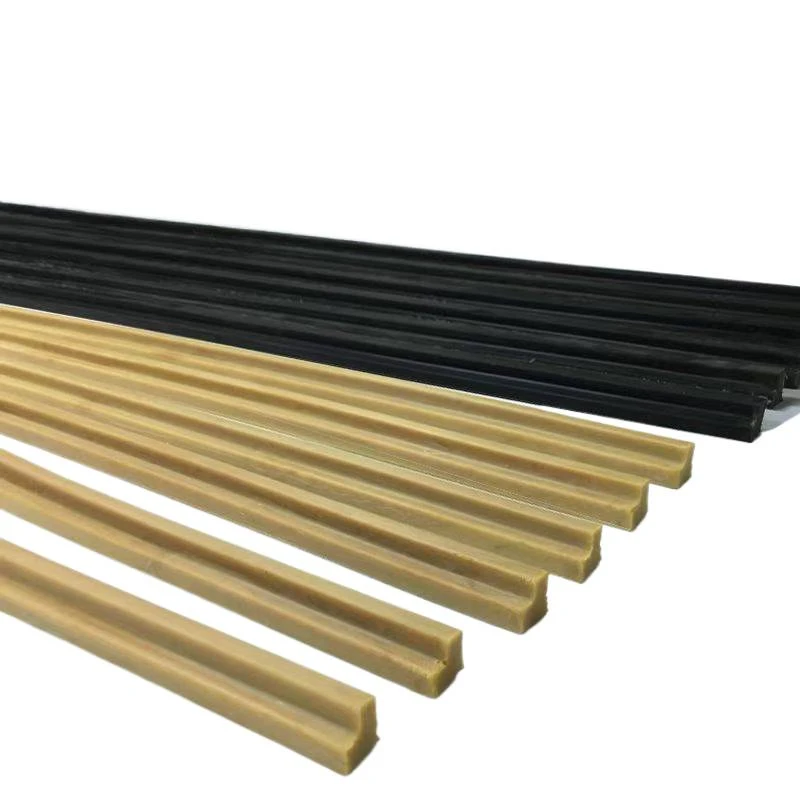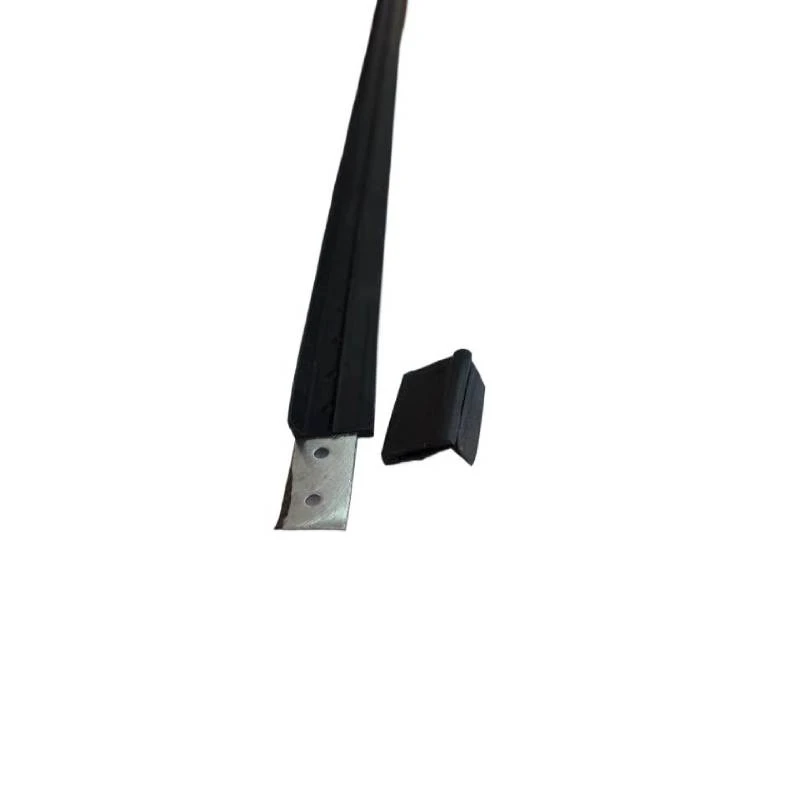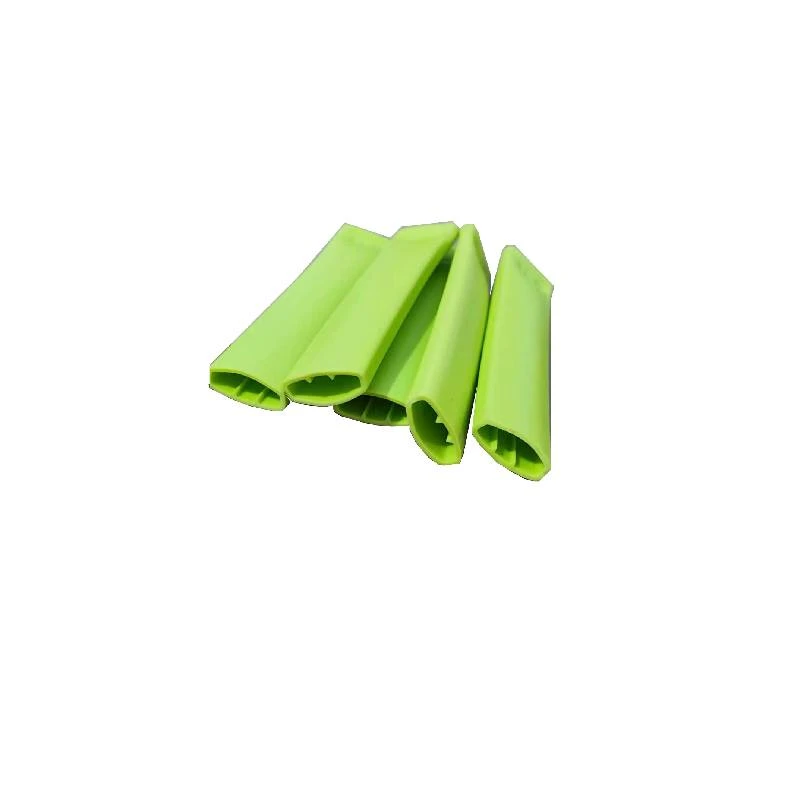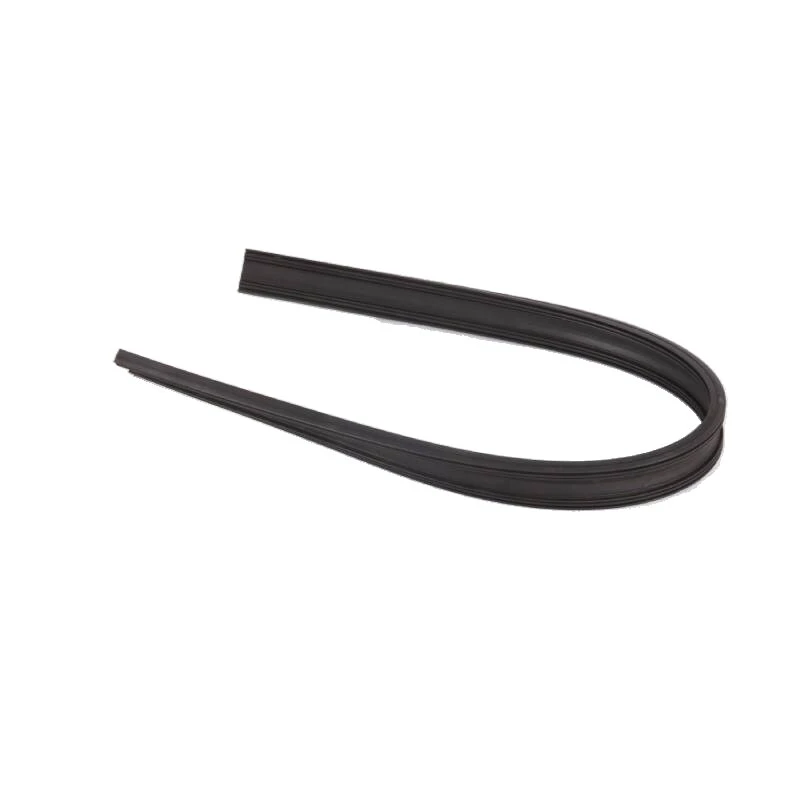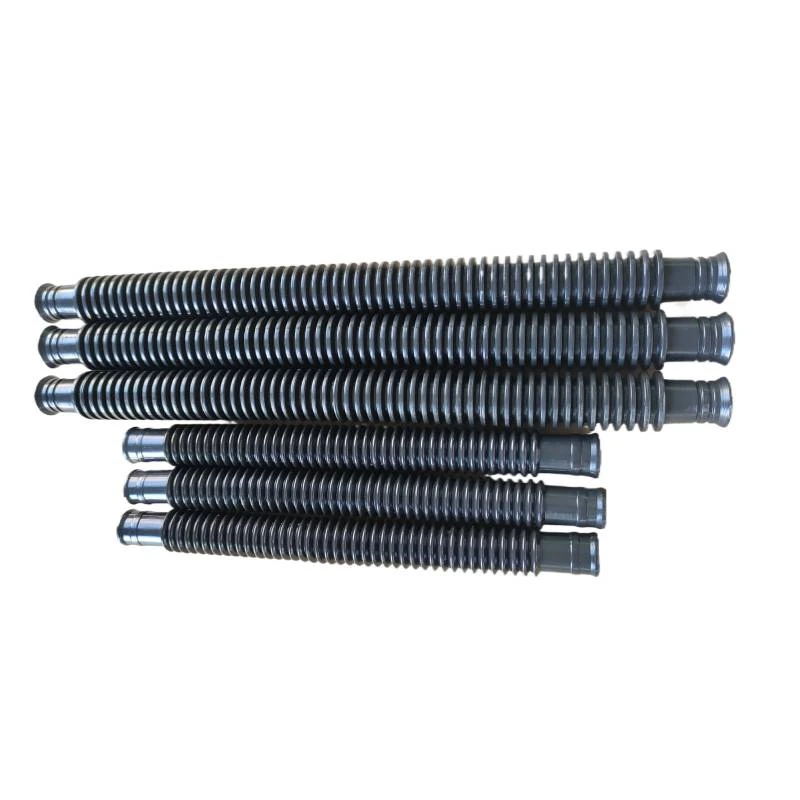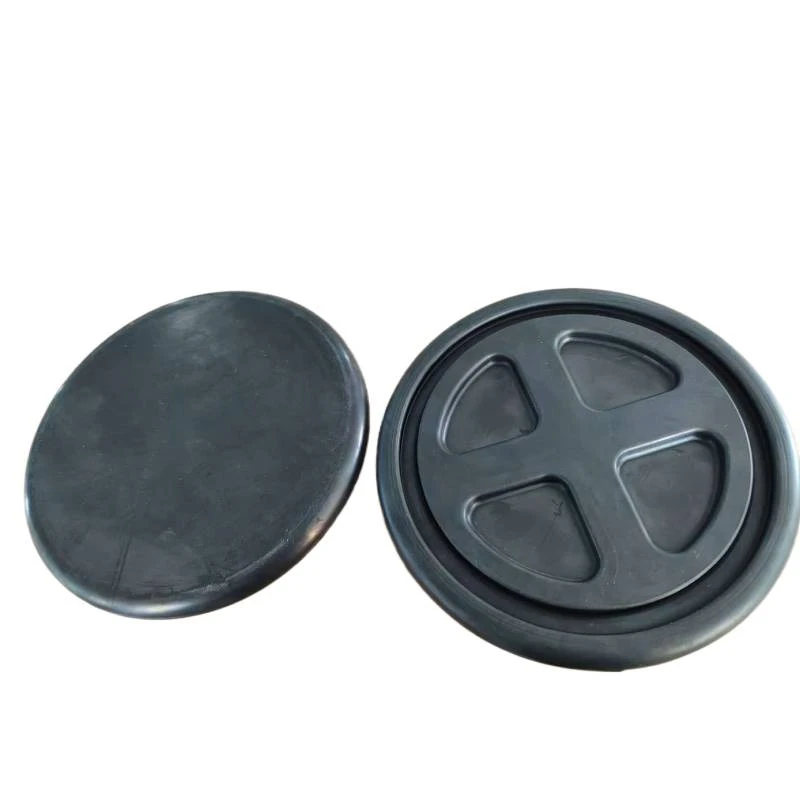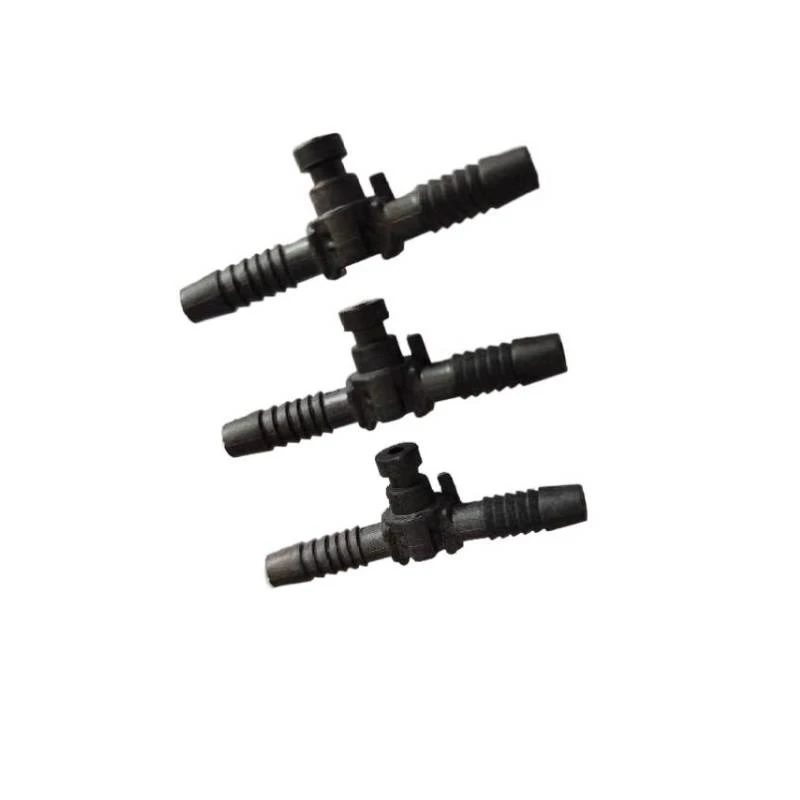
- Afrikaans
- Albanian
- Amharic
- Arabic
- Armenian
- Azerbaijani
- Basque
- Belarusian
- Bengali
- Bosnian
- Bulgarian
- Catalan
- Cebuano
- chinese_simplified
- chinese_traditional
- Corsican
- Croatian
- Czech
- Danish
- Dutch
- English
- Esperanto
- Estonian
- Finnish
- French
- Frisian
- Galician
- Georgian
- German
- Greek
- Gujarati
- haitian_creole
- hausa
- hawaiian
- Hebrew
- Hindi
- Miao
- Hungarian
- Icelandic
- igbo
- Indonesian
- irish
- Italian
- Japanese
- Javanese
- Kannada
- kazakh
- Khmer
- Rwandese
- Korean
- Kurdish
- Kyrgyz
- Lao
- Latin
- Latvian
- Lithuanian
- Luxembourgish
- Macedonian
- Malgashi
- Malay
- Malayalam
- Maltese
- Maori
- Marathi
- Mongolian
- Myanmar
- Nepali
- Norwegian
- Norwegian
- Occitan
- Pashto
- Persian
- Polish
- Portuguese
- Punjabi
- Romanian
- Russian
- Samoan
- scottish-gaelic
- Serbian
- Sesotho
- Shona
- Sindhi
- Sinhala
- Slovak
- Slovenian
- Somali
- Spanish
- Sundanese
- Swahili
- Swedish
- Tagalog
- Tajik
- Tamil
- Tatar
- Telugu
- Thai
- Turkish
- Turkmen
- Ukrainian
- Urdu
- Uighur
- Uzbek
- Vietnamese
- Welsh
- Bantu
- Yiddish
- Yoruba
- Zulu
HDPE Corrugated Pipe Supplier - Durable Double Wall & Perforated Options
- Introduction to HDPE corrugated pipe: product characteristics and industry overview
- Technical advantages and performance benefits of modern corrugated piping
- Manufacturer comparison: analyzing leading producers with essential data
- Customization solutions: adapting HDPE corrugated pipe to diverse project needs
- Application case studies: real-world effectiveness in infrastructure projects
- Installation and maintenance best practices for longevity and performance
- Conclusion: Future outlook for hdpe corrugated pipe
markets and sustainable infrastructure
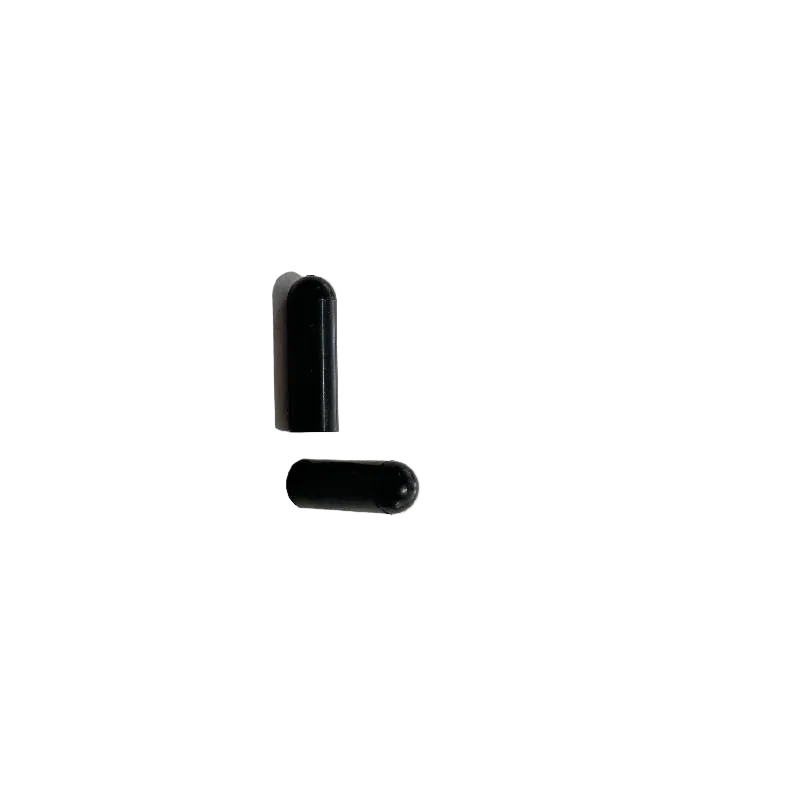
(hdpe corrugated pipe)
Introduction to hdpe corrugated pipe: Product Characteristics and Industry Overview
High-density polyethylene (HDPE) corrugated pipe stands as an essential component in modern civil engineering and infrastructure projects worldwide. Designed with durability, flexibility, and chemical resistance at its core, HDPE corrugated pipe and its variants—including the robust double wall version and specialized perforated designs—offer engineered solutions for water management, drainage, and cable protection. Over the past decade, the global market for corrugated HDPE piping has expanded rapidly, reaching a value of nearly $7.5 billion in 2023, with an anticipated CAGR of 6.8% through 2030. This surge is fueled by investments in infrastructure, increased urbanization, and the demand for long-lasting, cost-effective piping solutions. Notably, 4-inch HDPE plastic corrugated pipe, favored for its manageability and flow characteristics, accounts for over 33% of total installations in municipal drainage systems as per recent industry reports.
The adoption of corrugated HDPE pipe is driven not only by logistical needs but also by sustainability goals. HDPE's recyclability and resistance to environmental stress cracking align with contemporary green building standards. Furthermore, the versatility across diameters and configurations—such as double wall structures for heavy-load applications or perforated pipes for sub-surface drainage—ensures its position as a foundational product in the utilities sector.
Technical Advantages and Performance Benefits
Corrugated HDPE pipe delivers key performance metrics that distinguish it from traditional materials such as concrete, steel, or PVC. Foremost among these are its exceptional flexibility—allowing accommodation of soil movement and minor ground shifts without cracking—and its high strength-to-weight ratio. Comparative tensile strength tests reveal that double wall HDPE corrugated pipe maintains structural integrity under in-soil compressive loads up to 1,200 kPa, outperforming single wall and standard plastic alternatives.
The chemical resistance profile of HDPE outclasses legacy piping, with negligible degradation after prolonged exposure to aggressive soils, alkalis, and a wide range of industrial effluents. Industry testing indicates less than 2% mass loss after 1,000-hour soaks in common reagents, resulting in extended lifecycle averages of 75 years or more under standard use. Furthermore, the internal smoothness of the pipe’s inner wall ensures a Manning’s roughness coefficient as low as n=0.012, resulting in higher flow efficiency compared to corrugated metal or concrete pipes. Such attributes, coupled with ease of installation and reduced labor costs, have contributed to a reported 30% decrease in total project expenditure versus conventional piping systems.
Manufacturer Comparison: Analyzing Leading Producers with Essential Data
Choosing the right supplier is pivotal to realizing the full benefits of HDPE corrugated pipe. The table below compares three major global manufacturers based on production capacity, product range, technical support, and estimated lifecycle cost:
| Manufacturer | Annual Production (tons) | Pipe Diameter Range (inches) | Technical Support | Standard Lifecycle (years) | Estimated Cost per Meter (USD, 4” DW) |
|---|---|---|---|---|---|
| ADS Inc. | 250,000 | 4–60 | 24/7, Onsite Training | 80 | 2.55 |
| JM Eagle | 200,000 | 4–48 | Online, Onsite Consultation | 75 | 2.47 |
| Wavin | 140,000 | 4–36 | Email/Phone Support | 70 | 2.60 |
As detailed above, ADS Inc. leads in both production scale and service level, while JM Eagle offers competitive pricing and robust diameter options. For highly specialized projects, attention should be paid to technical service responsiveness and long-term total cost of ownership, particularly for double wall and perforated variants.
Customization Solutions: Adapting HDPE Corrugated Pipe to Project Needs
One of the defining strengths of HDPE corrugated pipe lies in its customization potential, accommodating a diverse spectrum of project requirements. Manufacturers enable custom length, diameter, perforation pattern, and wall thickness selections to address unique flow, load-bearing, or environmental resilience specifications. For instance, 4-inch HDPE plastic corrugated pipe is routinely supplied in coil lengths up to 250 feet for irrigation and rural drainage projects, drastically reducing connection points and installation time.
Perforated designs (corrugated perforated HDPE pipe) are tailored for sub-surface drainage, featuring slot patterns engineered to maximize inflow while preventing clogging. Municipal clients may request double wall configurations reinforced for heavy vehicular loads, incorporating additives for enhanced UV resistance in above-ground installations. Additionally, end fittings and integrated gaskets are increasingly specified to provide leak-free, high-efficiency systems even in challenging topographies. Industry surveys reveal over 60% of large-scale drainage projects now specify some degree of pipe customization for performance and compliance.
Application Case Studies: Real-World Effectiveness in Infrastructure Projects
Numerous real-world installations underscore the technical and economic merits of corrugated HDPE pipe across infrastructure segments:
- Urban Road Drainage – Atlanta, USA (2022): Over 320,000 feet of 4” and 12” double wall HDPE corrugated pipe were installed beneath new roadways. The result: a 25% improvement in stormwater conveyance capacity and a 38% reduction in maintenance interventions over two years as reported by the municipal public works department.
- Agricultural Field Drainage – Manitoba, Canada (2021): A perforated HDPE corrugated pipe network totaling nearly 100 miles replaced outdated clay tile systems. Crop yield improvement: +7% year-over-year, with installation speed doubled due to long-run flexible coils.
- Rail Embankment Stabilization – Germany (2020): Double wall HDPE pipes with high ring stiffness were employed to route groundwater away from tracks, maintaining subgrade integrity during record rainfall. Track downtime caused by flooding dropped by 40% compared to the previous standard.
These examples highlight dramatic gains in efficiency, durability, and user satisfaction across varied environmental challenges.
Installation and Maintenance Best Practices for Longevity and Performance
Achieving promised performance and lifecycle targets for HDPE corrugated pipe requires adherence to established installation and maintenance protocols. Proper trench bedding with uniformly graded granular material up to 6 inches above the pipe crown is critical to prevent point loads and ensure even settlement. Data from 2023 national construction standards indicate that improper compaction contributes to 90% of post-installation deformations.
For double wall and large-diameter pipes, joint integrity should be verified using hydrostatic or air pressure testing prior to backfilling. Inspection ports and clean-outs—especially for corrugated perforated HDPE pipe installed in silty environments—facilitate periodic maintenance using low-pressure water jetting. Stakeholder education, especially for municipal end-users, has led to a 45% reduction in blockages and a corresponding rise in reported satisfaction.
Conclusion: Future Outlook for hdpe corrugated pipe Markets and Sustainable Infrastructure
The market trajectory for hdpe corrugated pipe is set to accelerate on the strength of technological advances, increased demand for resilient infrastructure, and rising sustainability requirements. Next-generation products are poised to integrate smart monitoring for leak detection and structural health as part of broader asset management ecosystems. Additionally, recycling initiatives are forecast to reclaim over 150,000 tons of HDPE annually by 2030, addressing both economic and environmental priorities.
In sum, whether deployed as double wall, perforated, or standard 4-inch variants, corrugated HDPE pipes provide unmatched adaptability for municipal drainage, agricultural, and industrial applications. For engineers, contractors, and asset managers, keeping pace with evolving specifications, manufacturer offerings, and installation standards remains paramount in maximizing the return on investment and ensuring future-ready infrastructure solutions.
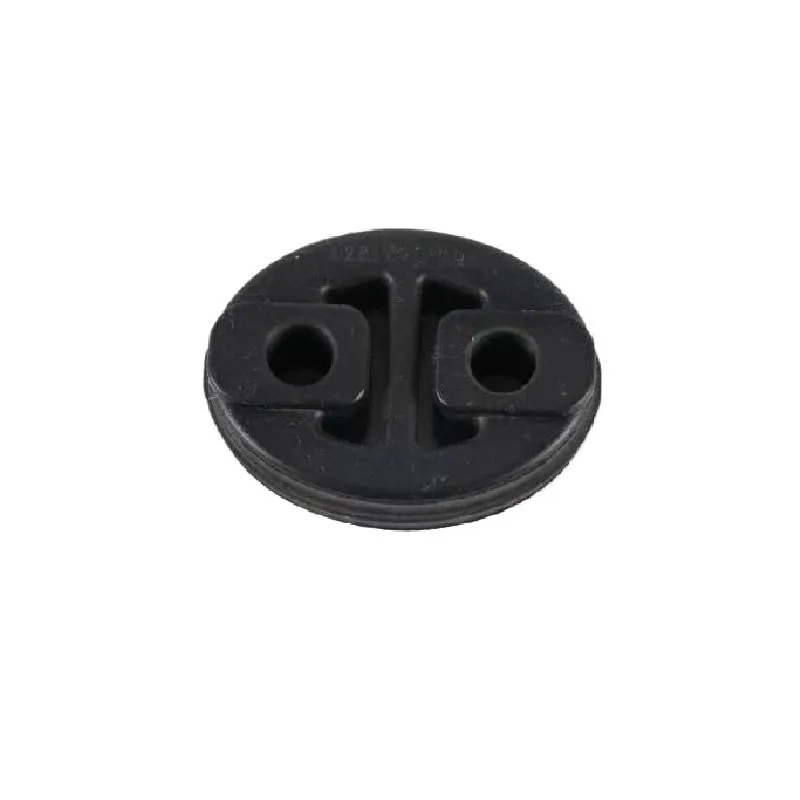
(hdpe corrugated pipe)
FAQS on hdpe corrugated pipe
Q: What is HDPE corrugated pipe used for?
A: HDPE corrugated pipes are commonly used for drainage, sewage, and stormwater management. Their corrugated design offers high strength and flexibility. They are suitable for both underground and surface installations.Q: What is the difference between single wall and HDPE corrugated pipe double wall?
A: Double wall HDPE corrugated pipes have a smooth inner wall and corrugated outer wall, which increases strength and flow efficiency. Single wall pipes are corrugated throughout and usually used for lighter applications. Double wall options are better for heavy-duty drainage and sewer systems.Q: How is a corrugated perforated HDPE pipe beneficial in drainage?
A: Corrugated perforated HDPE pipes have small holes that allow water to enter or exit the pipe, aiding in soil drainage. They're essential in preventing waterlogging in agricultural or landscaping projects. Their flexibility ensures an easy installation even in uneven terrain.Q: What size is a 4 HDPE plastic corrugated pipe typically used for?
A: A 4-inch HDPE plastic corrugated pipe is ideal for residential drainage, landscape irrigation, and small culvert installations. It manages rainwater efficiently and prevents local flooding. This size is easy to handle and install for DIY projects.Q: Are HDPE corrugated pipes resistant to chemicals and corrosion?
A: Yes, HDPE corrugated pipes are highly resistant to most chemicals and do not corrode over time. This makes them suitable for harsh environments and long-lasting drainage systems. Their durability reduces maintenance and replacement costs.-
Types of PVC Pipe Fittings for Water Supply Elbows Tees and CrossesNewsJul.18,2025
-
Stainless Steel Metal Washer Types: Corrosion Resistance RatingsNewsJul.18,2025
-
Rubber Parts Manufacturers Vulcanization Process OptimizationNewsJul.18,2025
-
Plastic Part Injection Molding Cycle Time OptimizationNewsJul.18,2025
-
Metal Parts Manufacturer Custom CNC Machining for Precision FittingsNewsJul.18,2025
-
Custom Aluminum Parts Design Considerations for Heat DissipationNewsJul.18,2025
-
Key Features of High - Quality Rubber BushNewsJul.04,2025



